 推薦消息更多>>
推薦消息更多>>負壓氣力輸送與正壓氣力輸送哪個更具有優勢?
- 來源:http://www.4wpk.cn/ 日期:2024-08-12 發布人:創始人
負壓氣力輸送與正壓氣力輸送各有其獨特的優勢,具體哪個更具有優勢取決于具體的應用場景和需求。
Negative pressure pneumatic conveying and positive pressure pneumatic conveying each have their unique advantages, and which one has more advantages depends on the specific application scenario and requirements.
負壓氣力輸送的優勢
The advantages of negative pressure pneumatic conveying
環保與安全:
Environmental Protection and Safety:
負壓氣力輸送在管道內形成負壓環境,有效防止了物料泄漏和粉塵飛揚,從而保護了工作環境和員工的身體健康。這對于處理有毒、有害或易燃易爆物料尤為重要。
Negative pressure pneumatic conveying creates a negative pressure environment inside the pipeline, effectively preventing material leakage and dust flying, thereby protecting the working environment and the health of employees. This is particularly important for handling toxic, harmful, or flammable and explosive materials.
系統采用密閉式輸送,空氣處理方便,適合于要求潔凈空氣輸送的場合。
The system adopts a closed conveying system, which is convenient for air treatment and suitable for occasions that require clean air conveying.
適用范圍廣:
Wide applicability:
負壓氣力輸送適用于散狀物料、低洼處、破袋等輸送場合,以及人工加料、多種出料口向一處集中輸送等場景。
Negative pressure pneumatic conveying is suitable for conveying bulk materials, low-lying areas, broken bags, as well as scenarios such as manual feeding and centralized conveying of multiple discharge ports to one place.
它可以應用于多種行業,如化工、食品、醫藥等,對于需要防止物料污染或泄漏的場合特別適用。
It can be applied to various industries, such as chemical, food, pharmaceutical, etc., and is particularly suitable for situations that require prevention of material contamination or leakage.
能耗與成本:
Energy consumption and cost:
負壓氣力輸送不需要消耗大量的能量來進行氣體壓縮,因此運行成本相對較低。
Negative pressure pneumatic conveying does not require a large amount of energy to compress gas, so the operating cost is relatively low.
但是,需要注意的是,如果工作真空度要求較高,可能會導致能耗增加。
However, it should be noted that if the working vacuum requirement is high, it may lead to an increase in energy consumption.
正壓氣力輸送的優勢
Advantages of positive pressure pneumatic conveying
輸送距離與容量:
Conveying distance and capacity:
正壓氣力輸送能夠實現長距離、大容量的物料輸送。正壓稀相輸送系統通常用于將散裝物料從一個地點輸送到一個或多個目的地,輸送距離更長,容量更大。
Positive pressure pneumatic conveying can achieve long-distance and large capacity material transportation. Positive pressure dilute phase conveying systems are typically used to transport bulk materials from one location to one or more destinations, with longer conveying distances and larger capacities.
效率與自動化:
Efficiency and Automation:
正壓氣力輸送系統具有較高的輸送效率,可以實現物料的快速、連續輸送。
The positive pressure pneumatic conveying system has high conveying efficiency and can achieve fast and continuous conveying of materials.
系統自動化程度高,減少了人工干預和操作難度,提高了生產效率。
The system has a high degree of automation, reducing manual intervention and operational difficulty, and improving production efficiency.
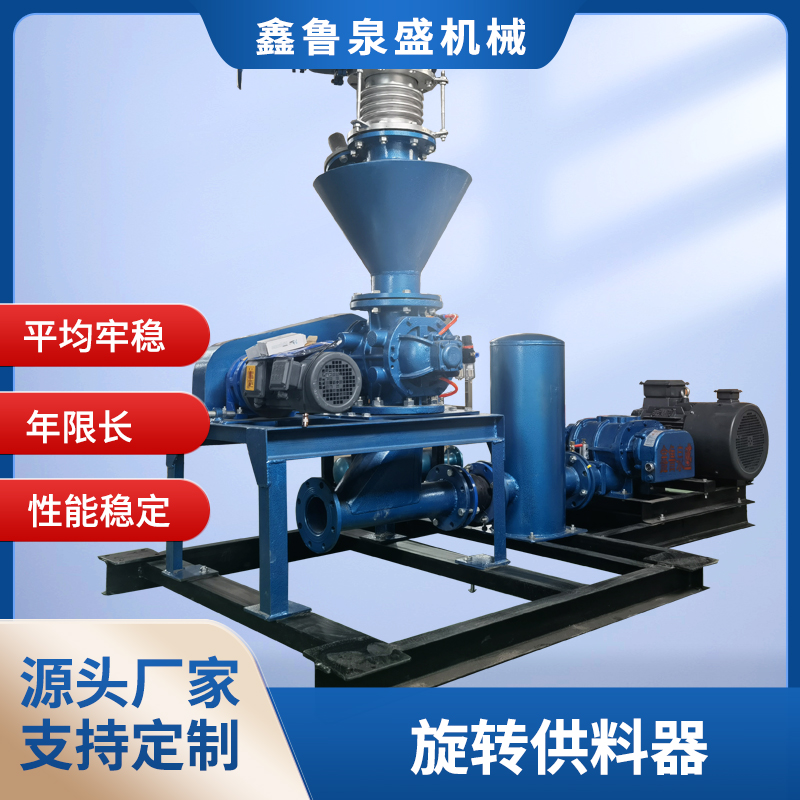
適應性與靈活性:
Adaptability and flexibility:
正壓氣力輸送對物料的適應性較強,可以輸送多種形態的物料,如顆粒、粉末等。
Positive pressure pneumatic conveying has strong adaptability to materials and can transport various forms of materials, such as particles, powders, etc.
系統設計靈活,可以根據實際需求調整輸送參數和供料裝置,滿足不同的生產需求。
The system design is flexible and can adjust the conveying parameters and feeding devices according to actual needs to meet different production requirements.
綜合比較
general comparison
在環保與安全方面,負壓氣力輸送具有明顯優勢,特別適合處理有毒、有害或易燃易爆物料。
In terms of environmental protection and safety, negative pressure pneumatic conveying has obvious advantages, especially suitable for handling toxic, harmful, or flammable and explosive materials.
在輸送距離與容量方面,正壓氣力輸送更具優勢,適合長距離、大容量的物料輸送需求。
In terms of conveying distance and capacity, positive pressure pneumatic conveying has more advantages and is suitable for long-distance and large capacity material conveying needs.
在能耗與成本方面,兩者各有特點,需根據具體工作條件和要求進行評估。
In terms of energy consumption and cost, each has its own characteristics and needs to be evaluated based on specific working conditions and requirements.
在適應性與靈活性方面,兩者都能滿足多種物料的輸送需求,但正壓氣力輸送在系統設計上更為靈活。
In terms of adaptability and flexibility, both can meet the conveying needs of various materials, but positive pressure pneumatic conveying is more flexible in system design.
因此,無法一概而論地說哪個更具有優勢,而是需要根據具體的應用場景和需求來選擇適合的輸送方式。在實際應用中,還需要綜合考慮輸送距離、輸送量、物料特性、環保要求、成本效益等因素進行綜合考慮和決策。
Therefore, it is not possible to generalize which one has more advantages, but it is necessary to choose the appropriate transportation method based on specific application scenarios and requirements. In practical applications, it is necessary to comprehensively consider and make decisions based on factors such as conveying distance, conveying volume, material characteristics, environmental requirements, cost-effectiveness, etc.
本文由負壓氣力輸送友情奉獻.更多有關的知識請點擊:http://www.4wpk.cn真誠的態度.為您提供為全面的服務.更多有關的知識我們將會陸續向大家奉獻.敬請期待.
This article is a friendly contribution from negative pressure pneumatic conveying. For more related knowledge, please click: http://www.4wpk.cn Sincere attitude. We provide you with comprehensive services. We will gradually contribute more relevant knowledge to everyone. Please stay tuned
- 上一篇: 羅茨鼓風機要不要試運行?
- 下一篇: 脈沖除塵器工作原理


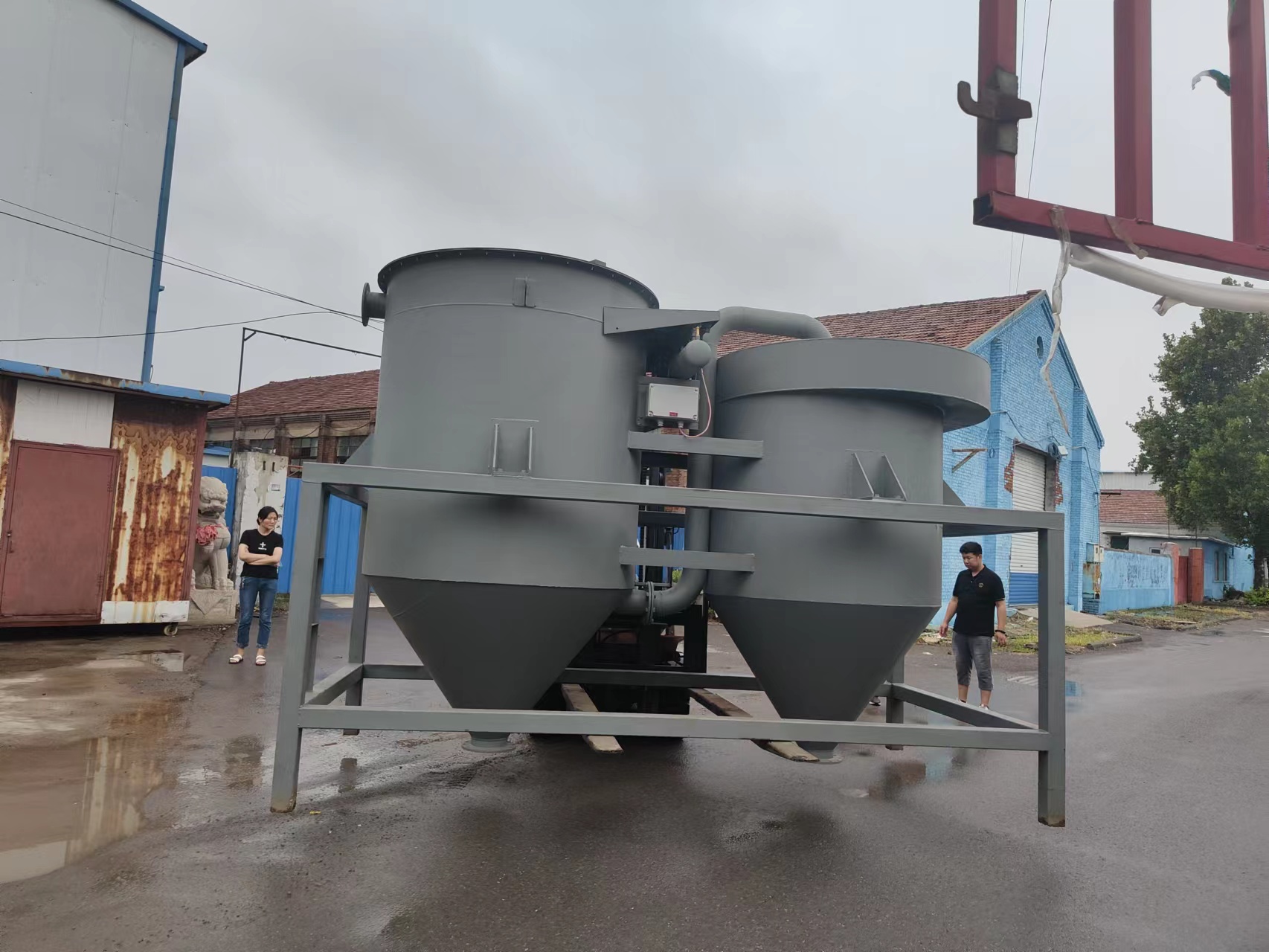
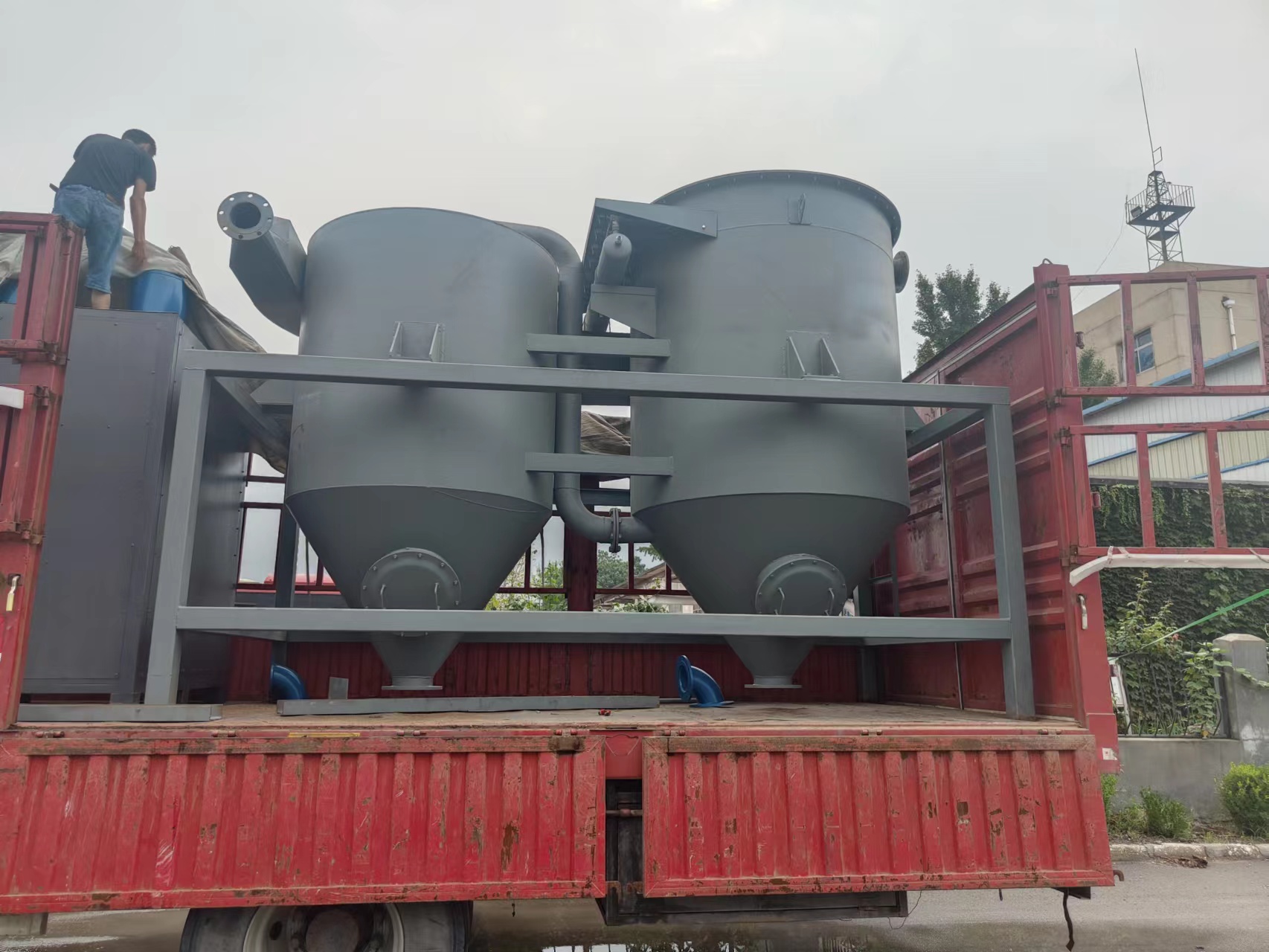
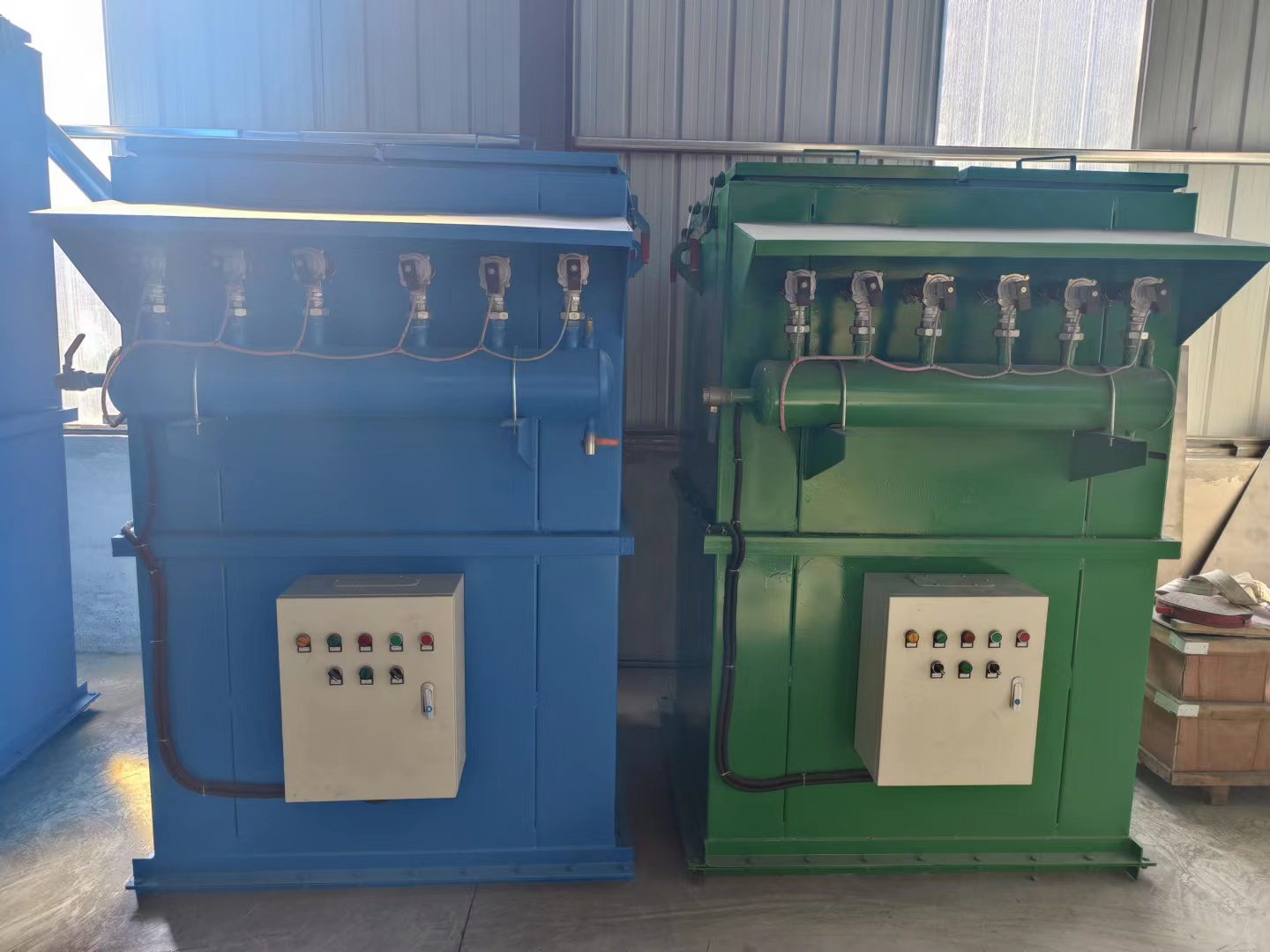
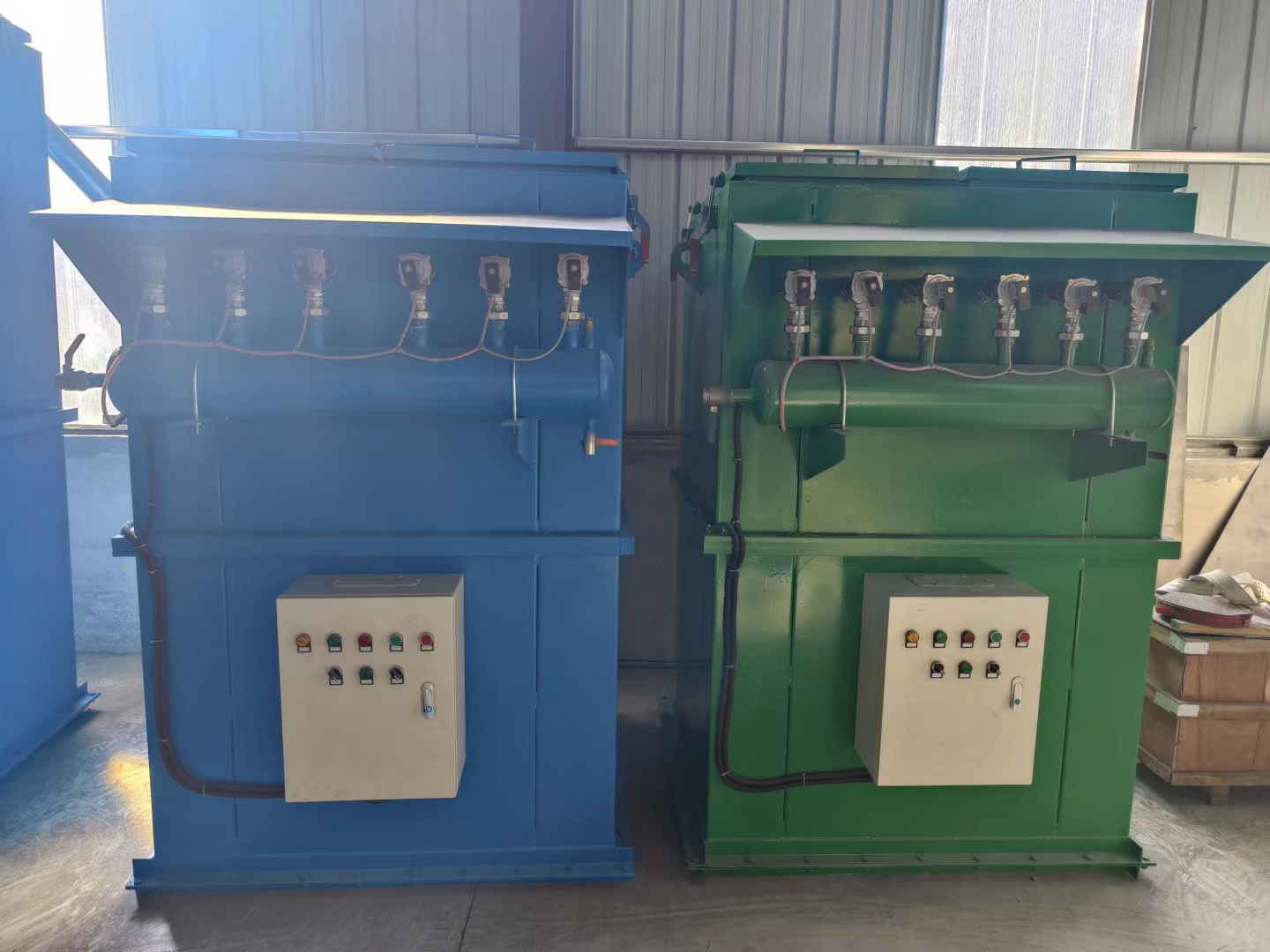
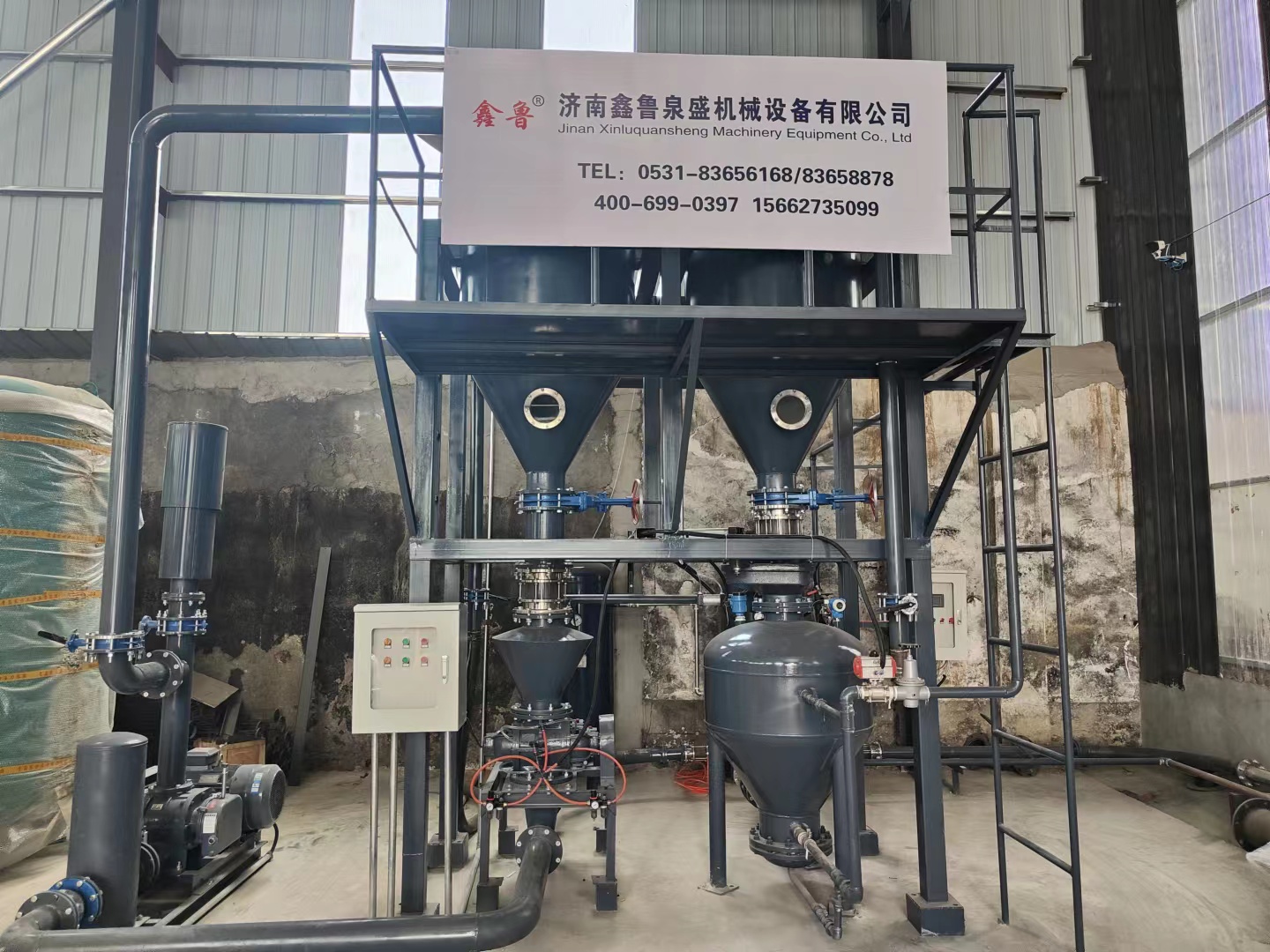
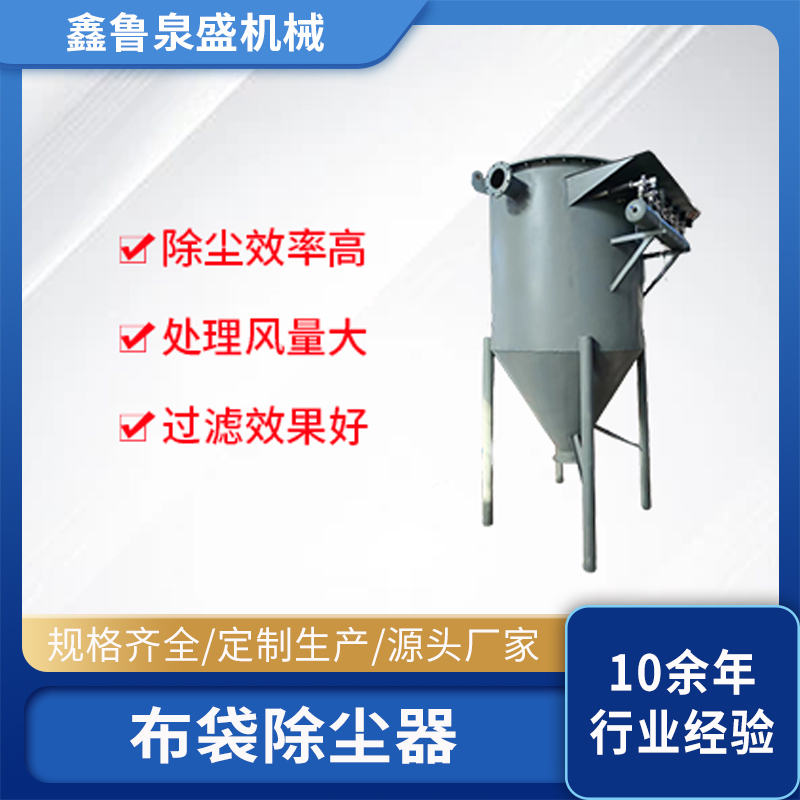
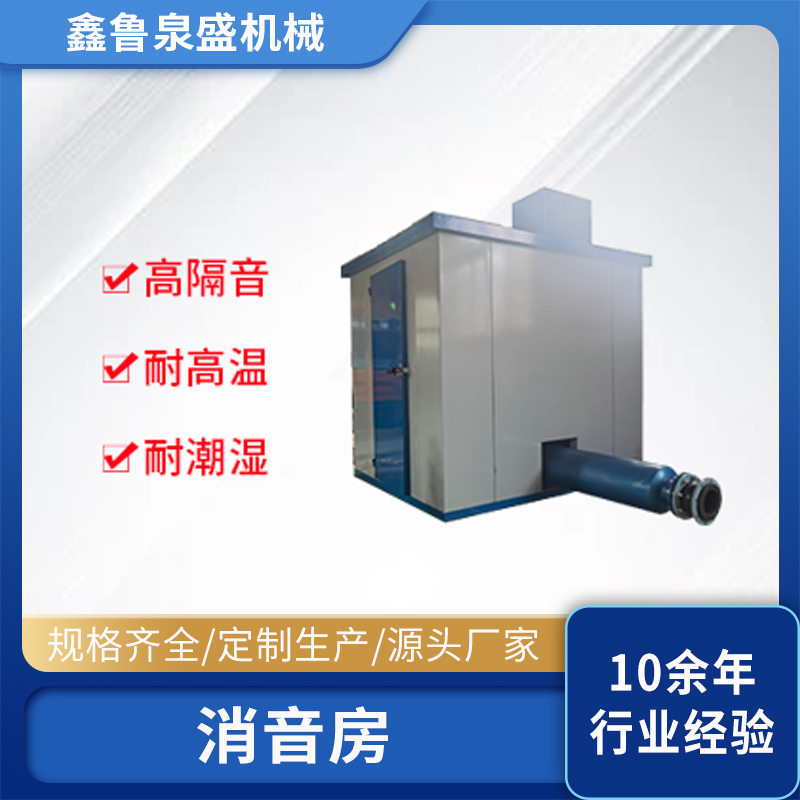
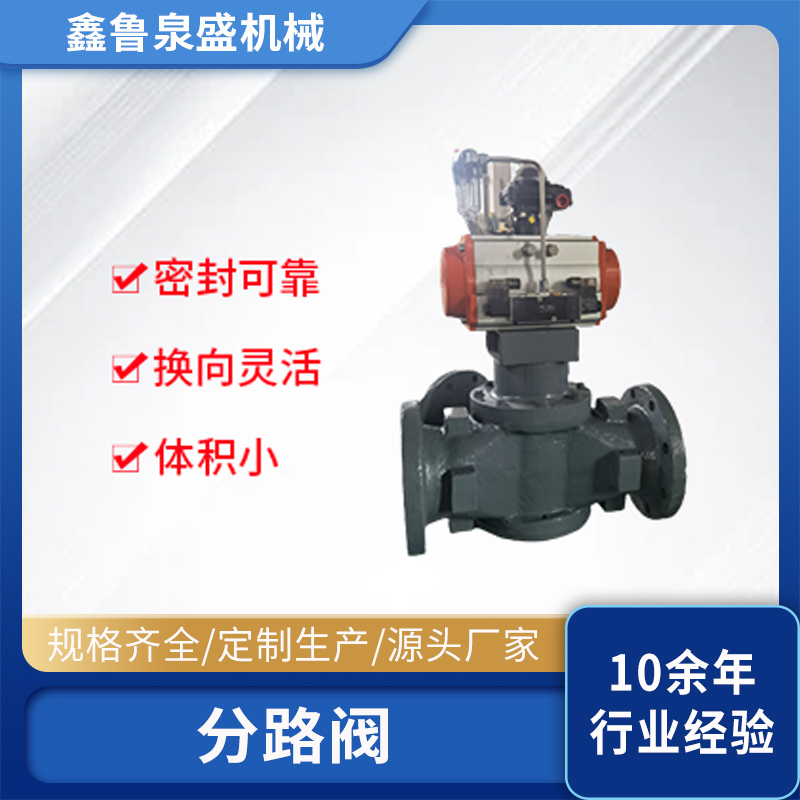
 掃碼微信溝通
掃碼微信溝通